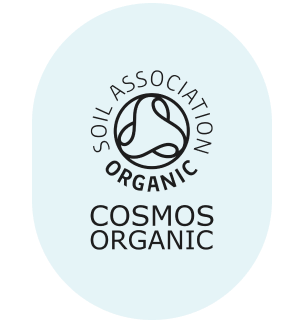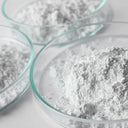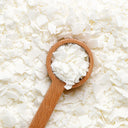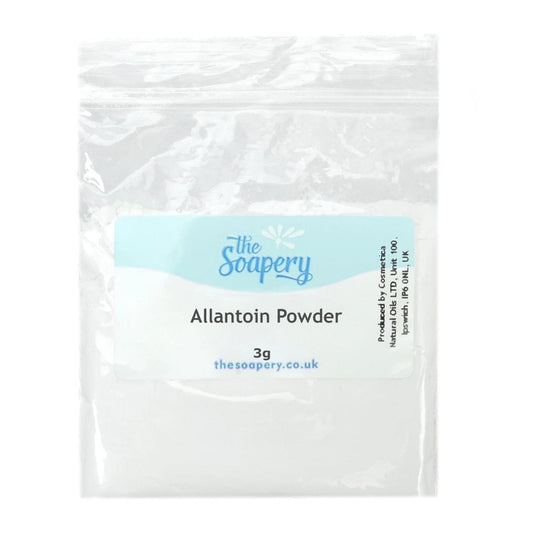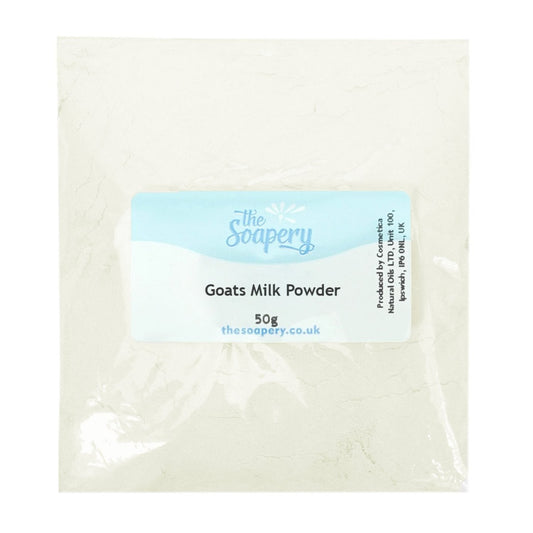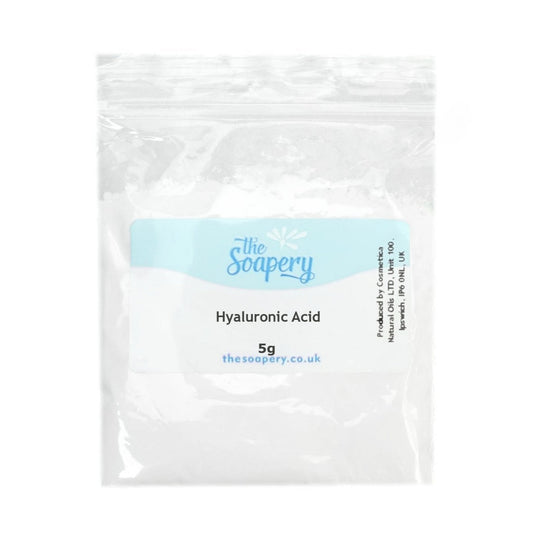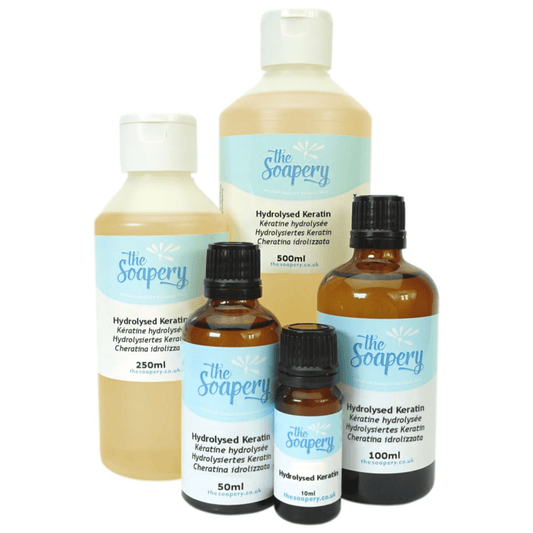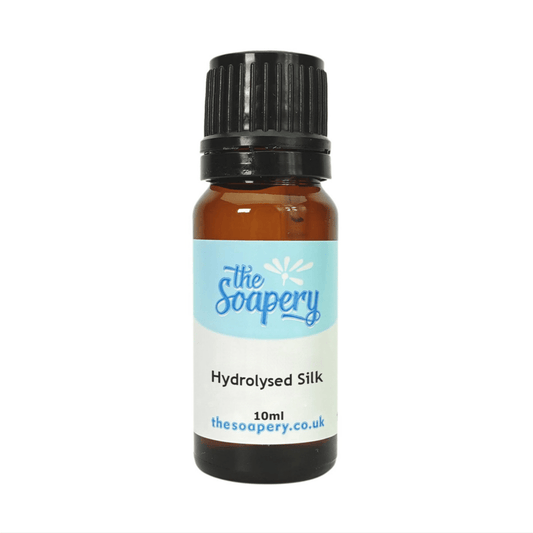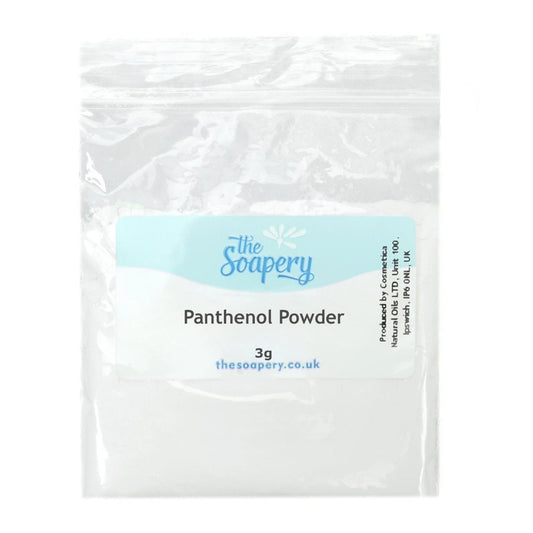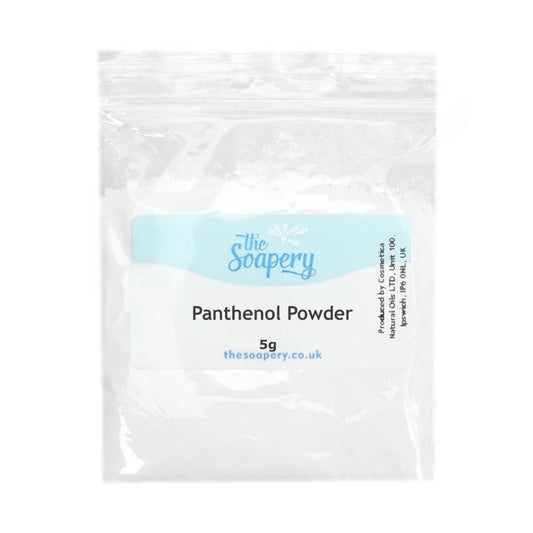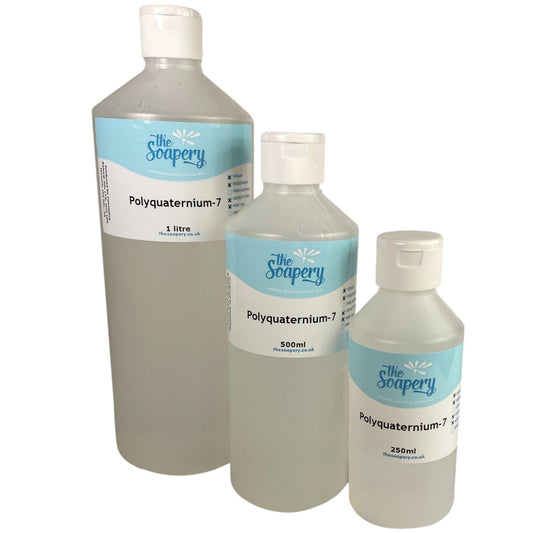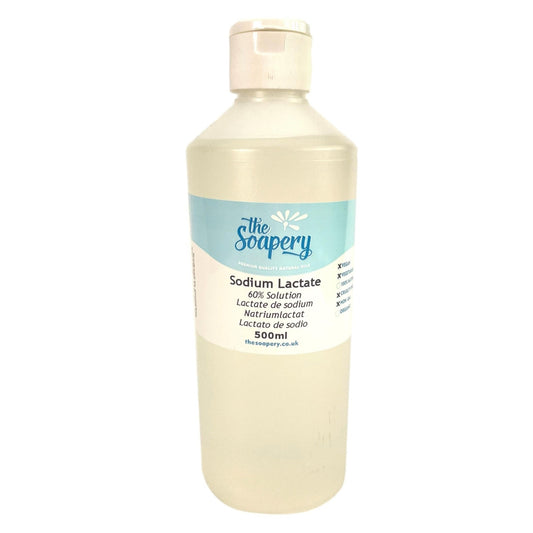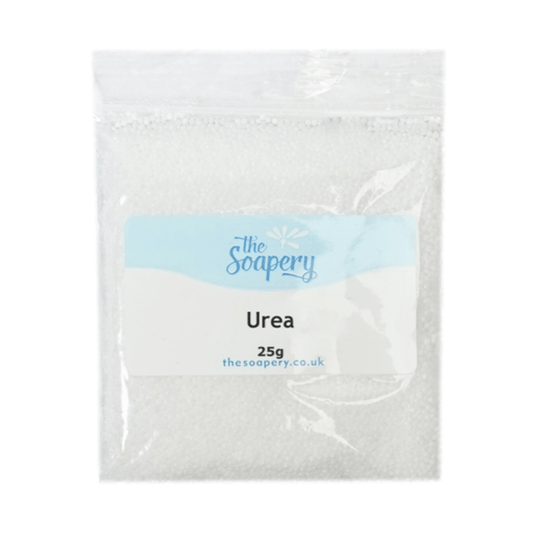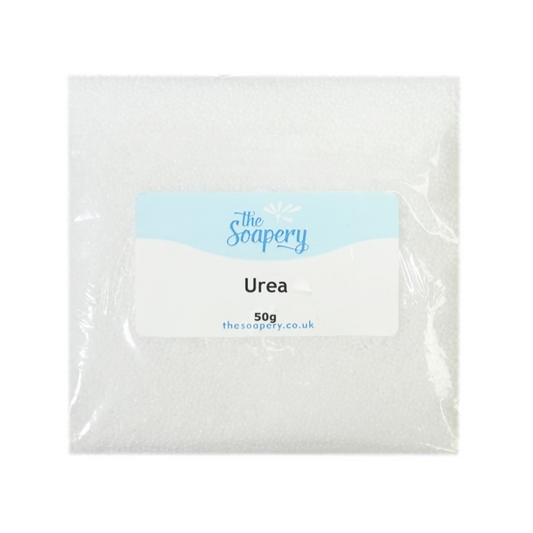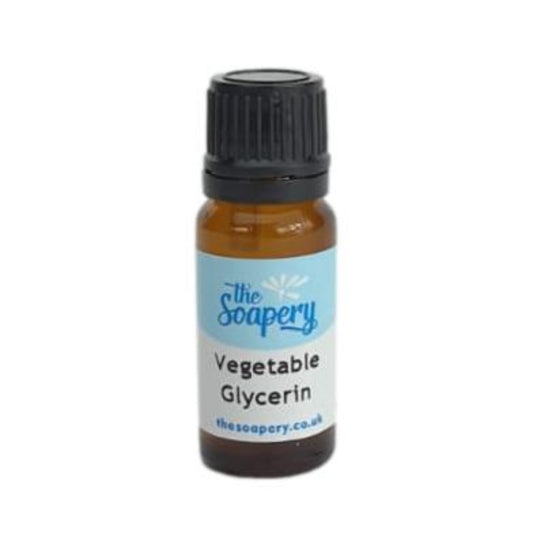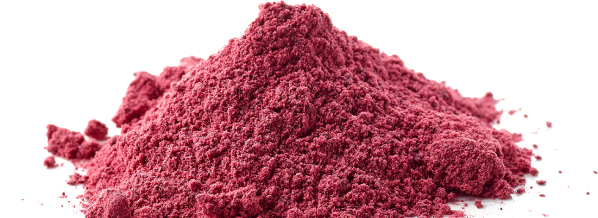
-
Allantoin Powder
-
Goats Milk Powder
-
Hyaluronic acid
-
Hydrolysed Keratin
-
Hydrolysed Oat Protein
-
Hydrolysed Rice Protein
-
Hydrolysed Silk
-
Hydrolysed Vegan Keratin
-
Hydrolysed Wheat Protein
-
Niacinamide Powder
-
Polyquaternium 7
-
Sodium Lactate 60% Solution
-
Vegetable Glycerin
Why choose The Soapery?
-
Free Mainland UK Shipping
Get your ingredients quickly at no extra cost.
-
Same Day Dispatch*
Order before 3pm to have your package sent then and there.
-
Low Pricing
No glossy marketing or false promises mean big savings.
-
Ethical Suppliers
No qualms here. Our ingredients are ethically and sustainably sourced.
About Humectant Ingredients
Introducing our makers’ secret weapon for hydration: humectants! These moisture-boosting agents draw hydration to the skin and hair - keeping things feeling soft, supple, and healthy, especially for dry skin and hair!
Whether you're a toiletry-crafting enthusiast or beauty beginner, we've got the perfect ingredient for your next dry-defying project.
Learn More About Humectant Ingredients in Cosmetics
Say hello to hydration.
Our selection of humectants do just what they say on the tin - from the plumping powers of glycerine to the moisture-magnet hyaluronic acid and beyond, there’s no better way to ensure your recipe feeds dry skin and hair. Each of our humectants has been carefully chosen for its ability to nourish, revitalise, prevent moisture loss, improve the skin barrier function and provide skin hydration. Why not get shopping now?
What are Cosmetic Humectants?
Dive in.
These often overlooked ingredients have a natural ability to attract and maintain moisture in the skin barrier - making them the perfect addition to moisturisers, lotions, creams, hyaluronic acid serums, lip balms and hair products. They work by drawing water molecules from the air or deeper layers of the skin into the outer layer of the skin, keeping it hydrated and plump. Humectants also draw water to the skin's surface, ensuring that the top layer remains moisturized and healthy.
Not only do they work to bind with water and keep skin hydrated - humectants also gently shed dead skin cells, helping their moisturising powers work their magic. Some can even help maintain healthy pH levels!
Some of our favourite humectant ingredients include honey, glycerine, and the equally natural sodium lactate. Whether you’re whipping up a nourishing facemask for dry skin or a conditioner for brittle hair, there’s a humectant ingredient for you in our collection.
How to Use Humectants in Cosmetics
How you should use your humectant depends on your chosen ingredients and desired end result. Glycerine shines in lotions, retaining moisture. Hyaluronic acid? For deeply hydrating serums you will need hyaluronic acid. And for that silky hair finish? Panthenol powder, or Provitamin B5, is your go-to.
So, before you get making - whatever your craft - it’s vital to choose just the right option for your recipe. For example, simply swapping out 5% glycerine for 5% hyaluronic acid in a product simply won't work. Go ahead - source the right addition!
With your ingredients and ratios in place, it’s best to use your humectants in conjunction with other moisturising ingredients, such as oils and butters. This helps retain the moisture that humectants attract to the skin and protect the skin barrier function. After all, it would be a shame to let all that hydration go to waste!
For tried and tested humectant tips, visit our blog!
The Benefits of Cosmetic Humectants
Moisturising skin and hair care products would be little without the power of our favourite cosmetic ingredients!
Humectants’ main draw lies in their drawing abilities! They are a great addition to cosmetic products as they attract water to the skin’s surface, provide intense skin hydration, help retain moisture in the skin barrier and have an amazing natural moisturizing factor.
Able to pull moisture from the air and lower levels of the skin with ease, these ingredients make hydrating dry skin and hair a breeze - whether mixed into body butter or a hair mask.
Humectants are suitable for oily skin and very dry skin types, and are often used in both skin and hair care products. However, for acne prone skin, humectants can be beneficial but may need to be used carefully to avoid potential acne exacerbations.
The highlights don’t end there. Some humectants, for example, sodium lactate, can help in maintaining healthy pH levels, act as a buffering agent, and inhibit bacterial growth. Plus, panthenol can even bring anti-inflammatory properties to the table!
Go on, make your selection! Our humectant collection offers the perfect combination of skin-loving ingredients for any cosmetic creation. Incorporating humectants into a well-structured skincare routine is essential for enhancing hydration and overall skin health.
Our Favourite Skincare Recipes
We Value Each of Our Customers
Accreditations/Awards
We’re committed to offering a vast range of all-natural, organic products certified by The Soil Association, and we take pride in doing our part for the world around us.
Like most ingredients, the oils, butters, powders, and decorations in your handmade products are farmed or extracted from the natural world. Those certified as organic by the Soil Association were grown, produced, and harvested in line with strict regulations designed to protect and sustain the environment, including soils, ecosystems, animals, and people.
